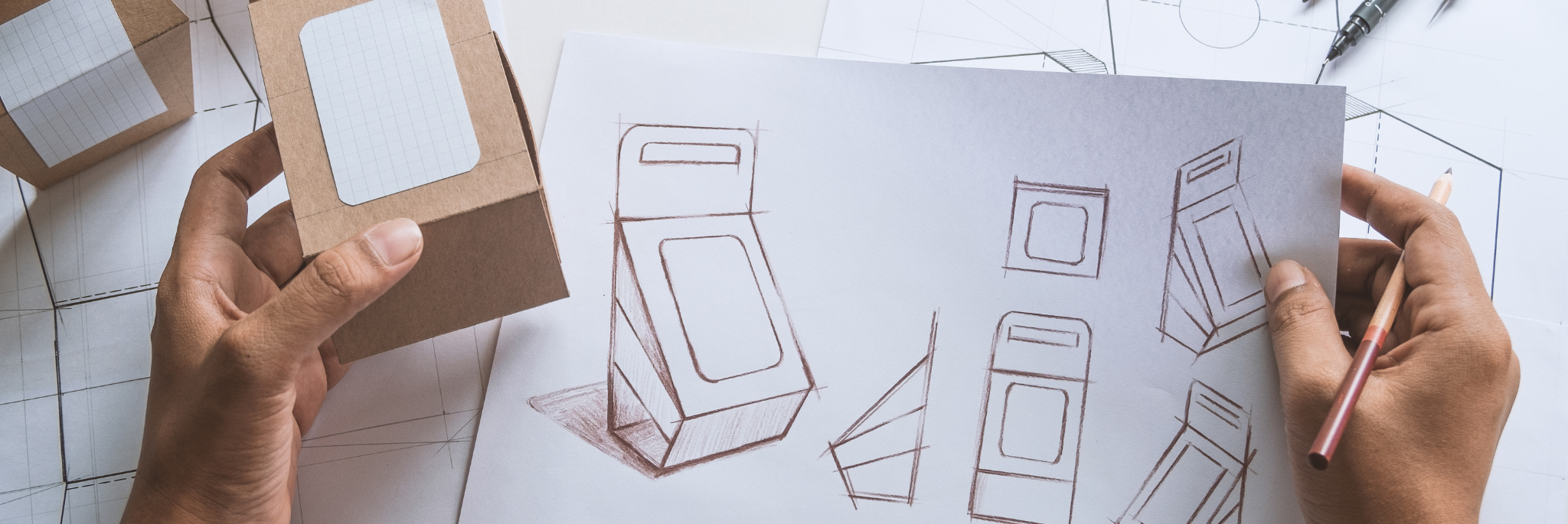Decoding Packaging: Key Considerations for Introducing a New Product
Launching a new product into the market involves a myriad of decisions, and one of the critical elements that often determines its success is packaging. The packaging is not merely a protective shell; it serves as the first impression and a tangible representation of your brand. To make informed choices, consider the following key factors when deciding on the packaging for a new product.
1. Brand Identity and Positioning:
- Consistency with Branding: Ensure that the packaging aligns with your brand's visual identity, including colours, fonts, and logo. Consistency fosters brand recognition.
- Positioning in the Market: Understand your product's position in the market—whether it's positioned as a luxury item, eco-friendly product, or budget-friendly option—your packaging should reflect this positioning.
2. Product Protection and Safety:
- Materials and Durability: Select packaging materials that offer adequate protection for the product during transportation and storage. Consider the durability needed for the specific characteristics of your product.
- Safety Standards: Ensure that the chosen materials comply with relevant safety standards, especially for products in the food, pharmaceutical, or childcare industries.
3. Functionality and Practicality:
- Ease of Use: Design packaging that is easy for consumers to open, close, and use. User-friendly packaging enhances the overall customer experience.
- Storage and Stackability: Consider how the packaging will be stored both in your warehouse and by the end consumer. Optimize for space efficiency and stackability.
4. Target Audience:
- Understanding Consumer Needs: Analyse your target audience's preferences and needs. Consider factors like age, lifestyle, and preferences to tailor the packaging to your specific demographic.
- Communicating Value: Ensure that the packaging communicates the value proposition of your product effectively. What benefits or features are most important to your target audience?
5. Environmental Impact:
- Sustainability: In an era where environmental consciousness is on the rise, opt for eco-friendly packaging materials. Consider recyclability, biodegradability, or the use of materials from renewable sources.
- Carbon Footprint: Evaluate the overall carbon footprint of your packaging, including production, transportation, and disposal. Minimizing environmental impact can resonate positively with consumers.
6. Regulatory Compliance:
- Legal Requirements: Familiarize yourself with local and international regulations governing product packaging. Ensure that your packaging adheres to these standards to avoid legal issues and safeguard consumer safety.
7. Cost Considerations:
- Budget Constraints: Understand your budget constraints for packaging. Balancing cost-effectiveness with quality is crucial to maintain profitability.
- Scale and Volume: Consider how the scale of production and volume of sales will impact packaging costs. Negotiate with suppliers to achieve cost efficiencies as your product gains traction.
8. Aesthetic Appeal:
- Visual Impact: Invest in a visually appealing design that captures attention on shelves or online platforms. Striking the right balance between aesthetics and functionality is key.
- Differentiation: Ensure that your packaging design sets your product apart from competitors. Consider unique shapes, colour schemes, or visual elements that distinguish your product on the market.
9. Distribution Channels:
- Retail vs. E-commerce: Understand where and how your product will be sold. Packaging requirements may vary for traditional retail spaces compared to e-commerce platforms, influencing decisions on size, durability, and presentation.
10. Feedback and Iteration:
- User Feedback: Gather feedback from potential consumers through surveys, focus groups, or beta testing. Understand their impressions of the packaging and make necessary adjustments before the official launch.
- Iterative Design: Be open to refining your packaging design based on market feedback and performance. Iterative improvements can enhance the overall success of your product.
In conclusion, deciding on the packaging for a new product is a multifaceted process that requires careful consideration of brand identity, product characteristics, target audience, and environmental impact. By meticulously navigating these considerations, you can create packaging that not only protects your product but also resonates with consumers and contributes to the overall success of your venture.
.png?width=2048&height=685&ext=.png)